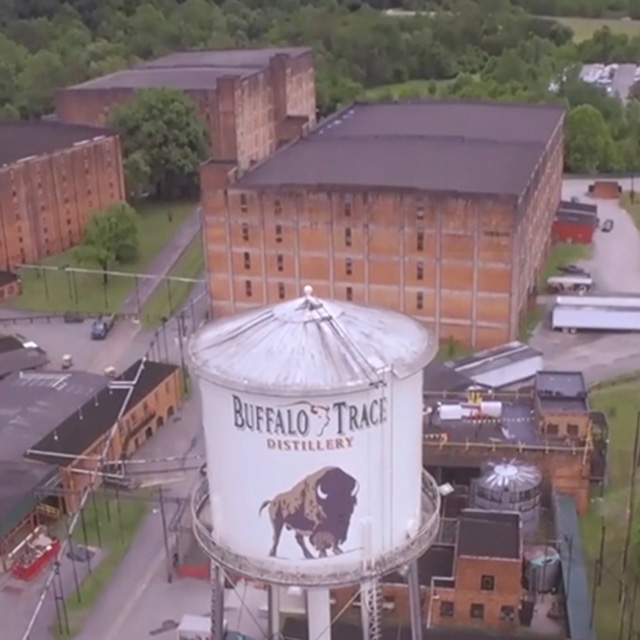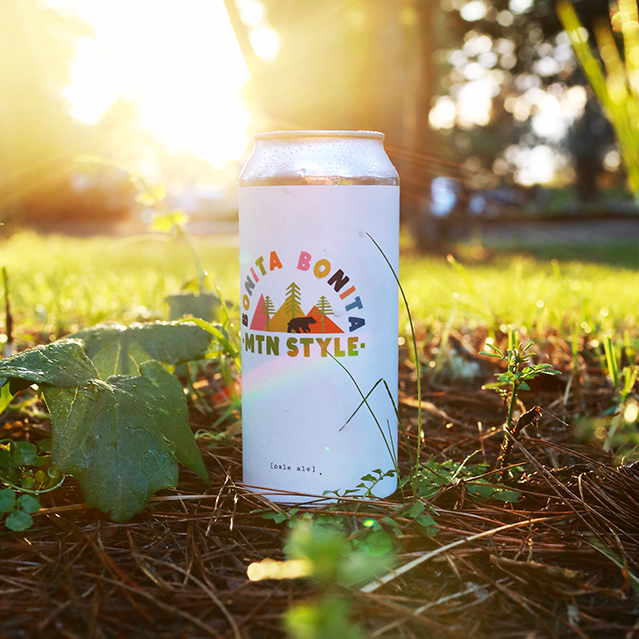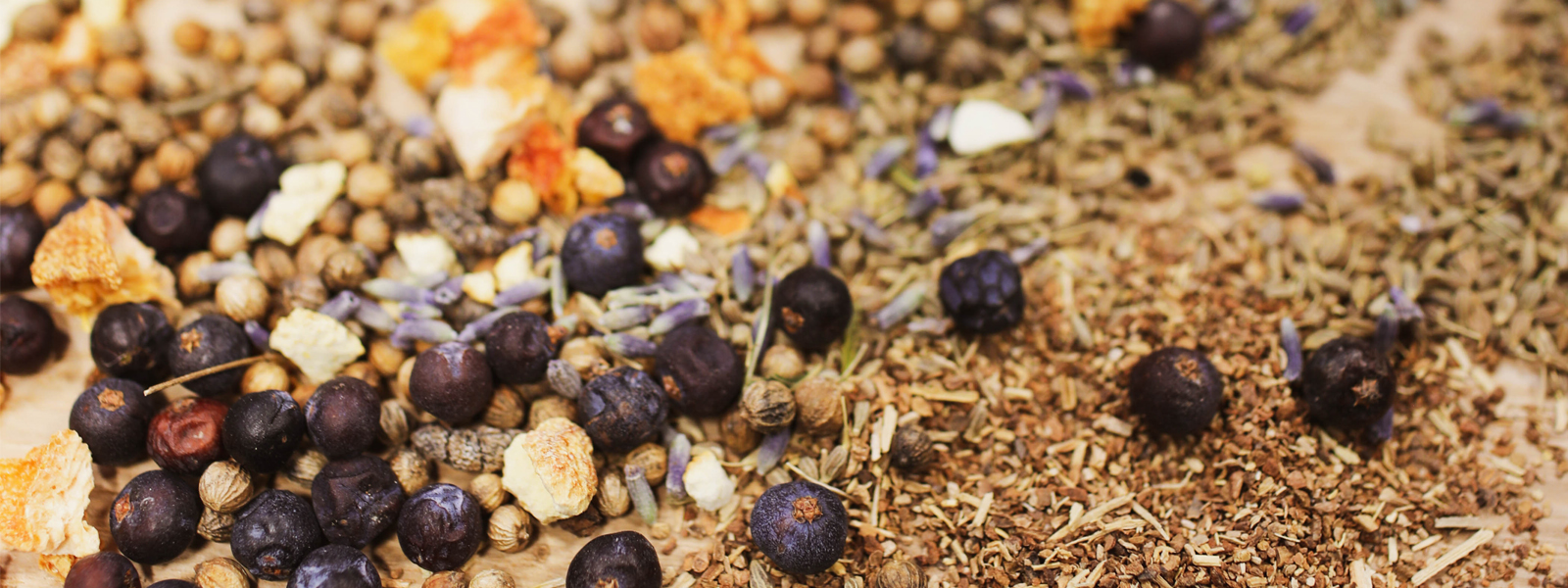
Part 3 // the joy of gin
Note to reader: If you missed Part 1 or Part 2 of our adventure in Portland – be sure to check those out before reading part 3 below.
Before we reach the end of our series with Aviation Gin, I think it's important we visit the beginning. For some this may be a review, for others, you may learn something new - and either way, before we’re through, I promise we are going to address the elephant in the room. **winks and clears throat**


So gin is, by definition, a grain-based spirit (usually wheat or barley) distilled with juniper. There must be juniper. Without the juniper, it is not gin. Capisce?
Gin and vodka are very similar in that both are made from a neutral spirit. What separates gin from vodka is the addition of juniper during the distillation process. And what makes gin so rad is that there is room for lots of creativity in the distilling process, because outside of the required addition of juniper, you can mix any combination of botanicals. These botanicals are added solely to impart flavor and in Aviation’s case, these include cardamom, coriander, French lavender, anise seed, sarsaparilla, and two kinds of orange peel.

This brings us to style. I have come to learn that there are a handful of distinct styles of gin. On one end of the spectrum there are modern gins that tend to be floral and fragrant, with a lighter juniper flavor. On the other end there is London Dry, with a more juniper-forward profile. Old Tom gin is usually more sweet and full-bodied. And American gin (which had previously disappeared after the prohibition) refers to a style of gin made with non-traditional botanicals – like Aviation’s.

Gin 101
Seven botanicals: anise seed, cardamom, French lavender, coriander, sarsaparilla, juniper, orange peel.
The Process
Step 1. INFUSION
It all starts with a precise blend of botanicals, sourced from around the world. The botanicals are placed in nylon sacks and suspended in a pure, neutral grain spirit for 18 hours in macerating tanks.
Step 2 Distillation
The macerate is then pumped into a stainless steel still along with pure water. Steam jackets heat the macerate, the vapors go into a shotgun condenser, come into contact with the cold water, and the distillate forms.
Step 3 The Cut
The first fluid leaving the still, the "heads," is removed. Collecting the "heart of the spirit" throughout the run, the distillers then determine the end of the cycle and make the final cut, "the tails." After 7 hours, the "heart cut" is 142 proof.
Step 4 Blending and Bottling
The "heart cut" is transferred to a blending tank where pure water is added, bringing the gin to the desired 84 proof. It then goes into a bottling tank with a 6-sprout gravity filler and pumped into bottles. Labels, caps, and cap strips are all applied by hand. A craft production from beginning to end.
Featured in Our seasonal smoked orange negroni (old tom), lemon ginger fizz, seasonal gin and elderflower tonic.
Thinking back to the first time our team tasted Aviation in one of our meetings, I remember why we all had decided to bring it onboard. We liked that the botanicals were balanced - and no one aroma or flavor outweighed another - instead, all seven components worked together to create something super smooth and palatable. The general consensus was that this stuff could technically complement any cocktail and furthermore, it was good enough to sip all on its own (#goals).

On our last night in Portland, we met Adrian (from Aviation) at a little restaurant on the SE side of town. We shared stories over gin cocktails and a table of tapas. Adrian is one of those people you meet and instantly feel like you’ve known forever. He spoke about how long he’d worked in the industry and why he loves being a part of the Aviation family. As the server dropped off our dessert menus and passed out a round of coffees, someone asked Adrian how the whole Ryan Reynolds chapter came to be. He told us that while Ryan was in his home town of Vancouver filming Deadpool 2- he found himself at a restaurant after work, drinking a Negroni. After that night, he continued to come back and order the same drink. He figured the reason he was enjoying this particular version so much was because of the gin. He eventually asked what was in the drink. Enter, Aviation Gin. Fast forward a year and come early 2018, Ryan acquired ownership of the company and currently has a heavy hand in the creative for the marketing and a seat on the board.
You too can channel your inner Deadpool…ahem, Ryan Reynolds and stop by one of our restaurants to relax and enjoy a Negroni. And in our case a Smoked Orange Negroni. We got our hands on a limited batch of Aviation's Old Tom Gin and have created a seasonal cocktail made with barrel-rested gin, cedar smoke, cointreau, aperol, sweet vermouth, bitters, and fresh orange peel. Available now until we run out of our limited stash.
Words + Photos by Rebecca Simms, Creative Director
Infographic by Archel Arindaeng, Graphic Designer
Gin Process provided via aviationgin.com
Questions? Comments? Email: [email protected]
You may also like
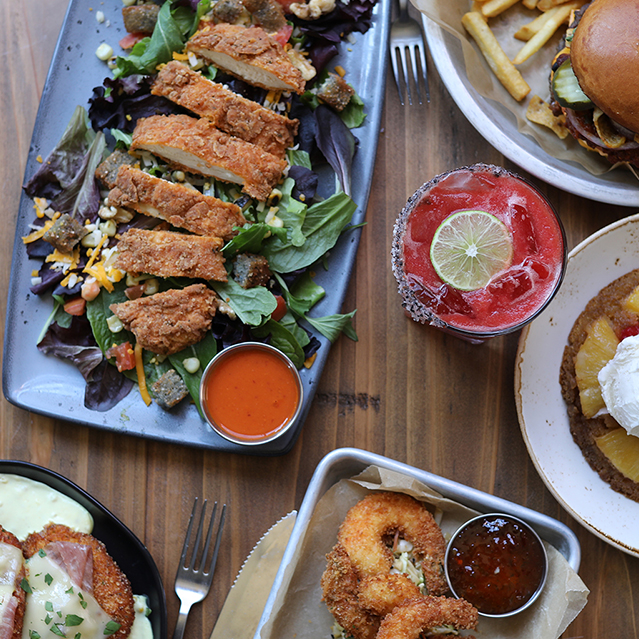
Our New Spring Menu is Here

Hello Sunshine State!
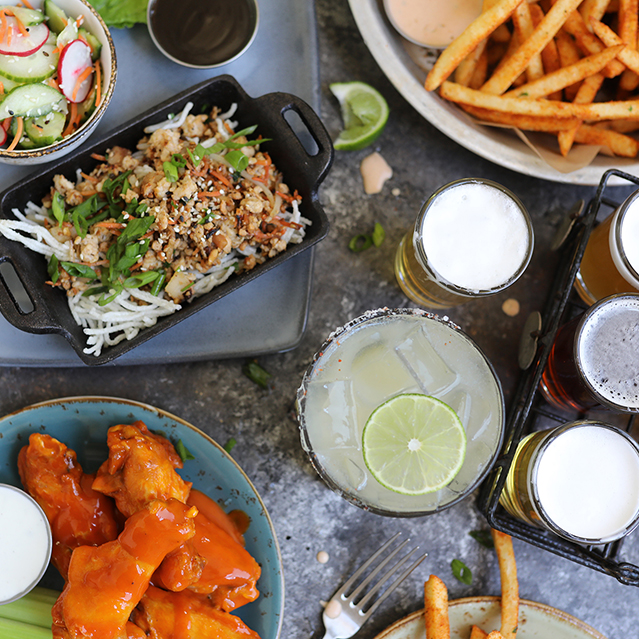
Happiest of Hours
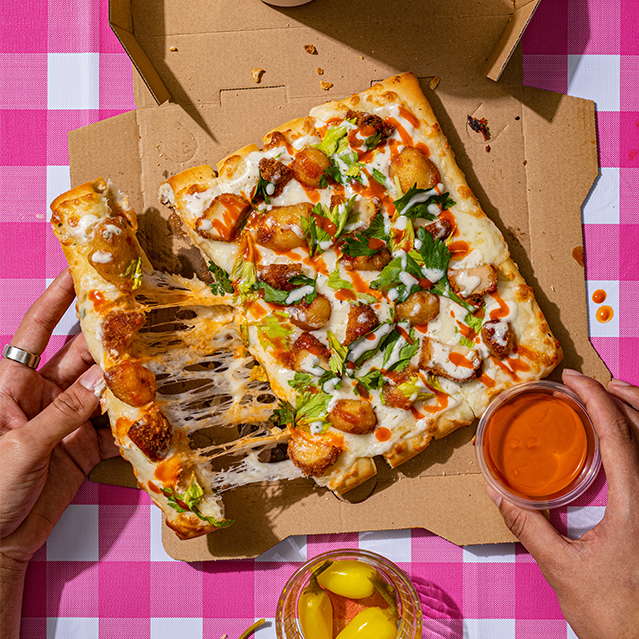
Say Hello to Our New Pizza Sticks!
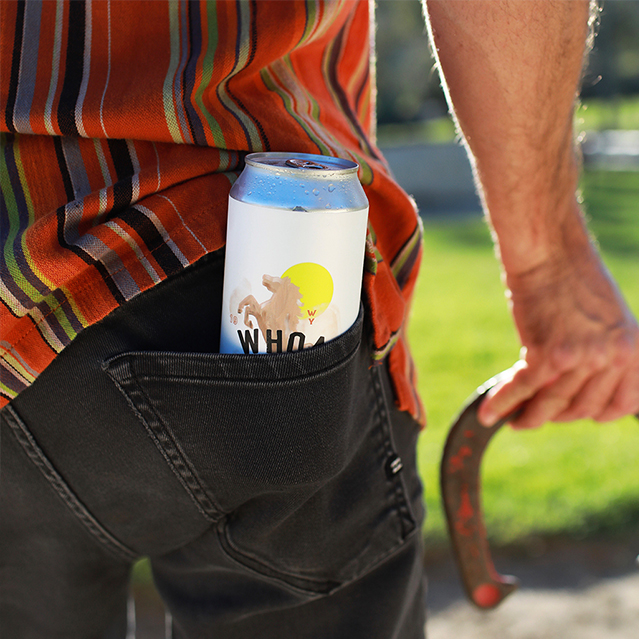
Meet Whoa, Nellie Lager
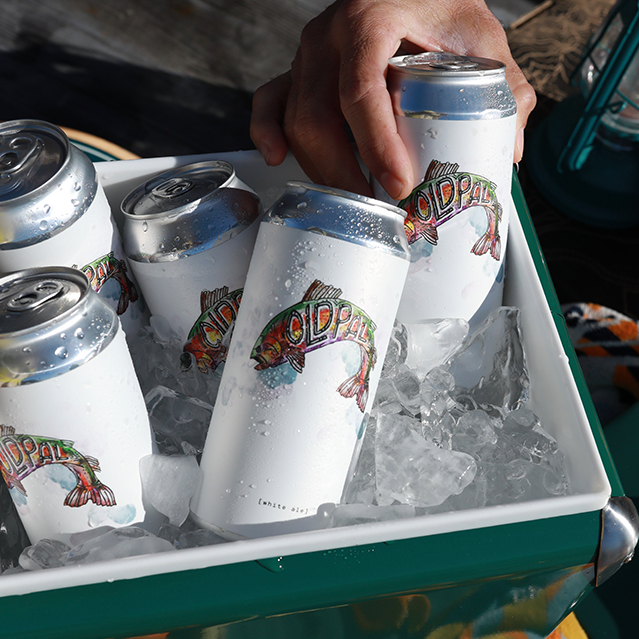
Meet Old Pal White Ale
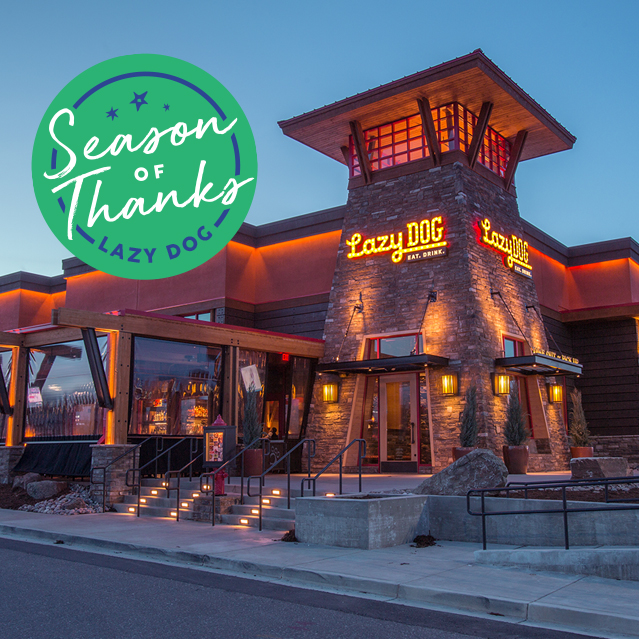
Season of Thanks
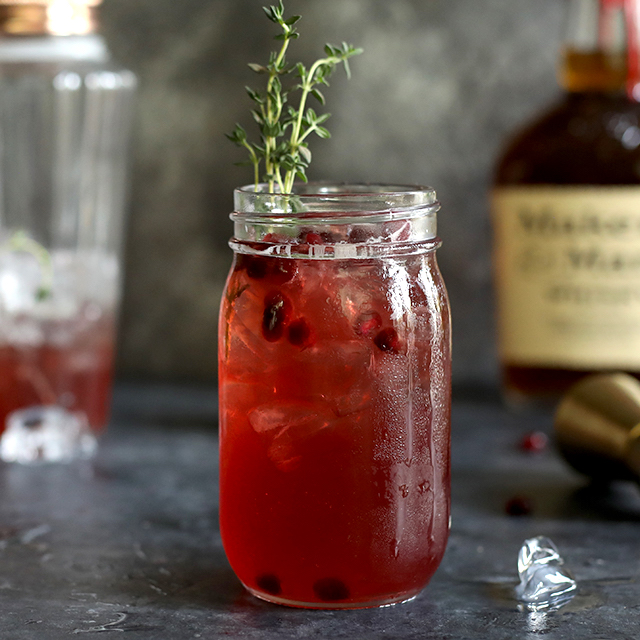
Hello, New Fall Menu
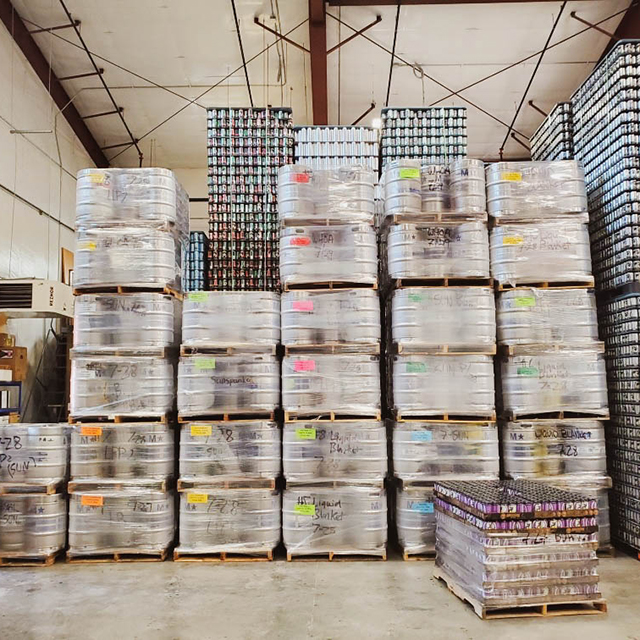
New House Beers
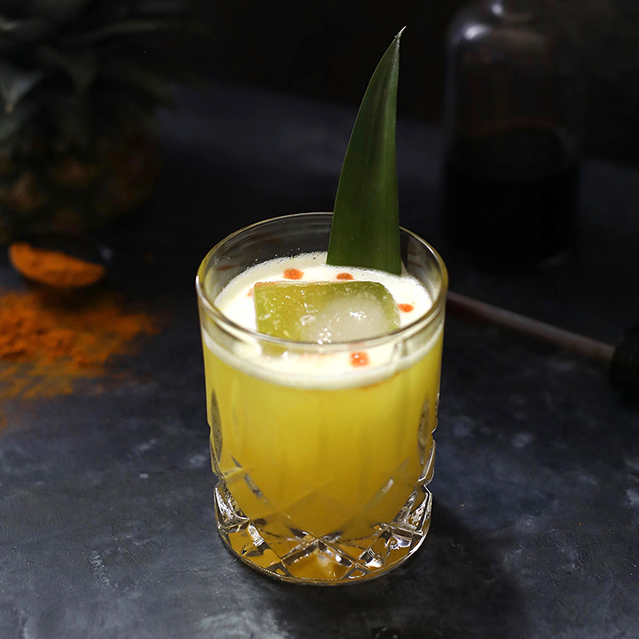
Recipe: Pineapple-Coconut Infusion
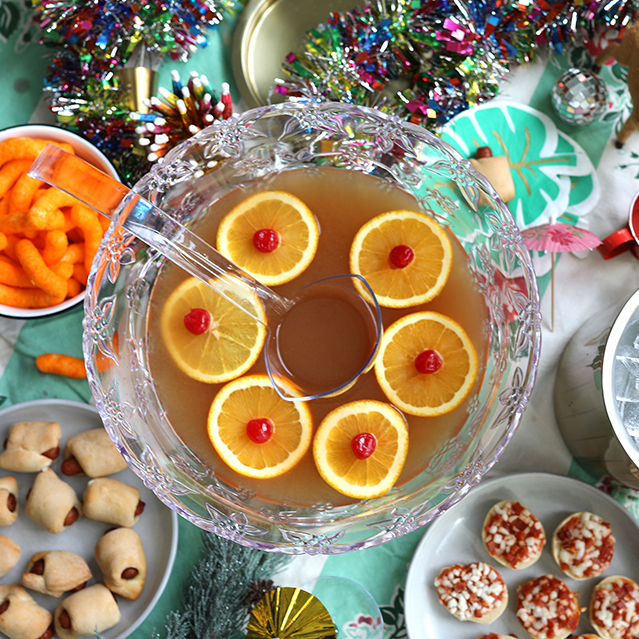
Recipe: Rum, Rum Rudolph
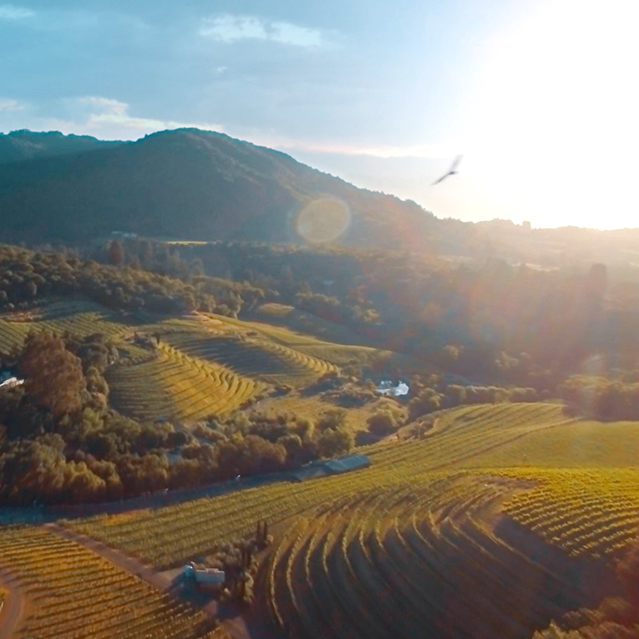
A Tribute to the Bond of Brothers

Our New Fall Menu is Here
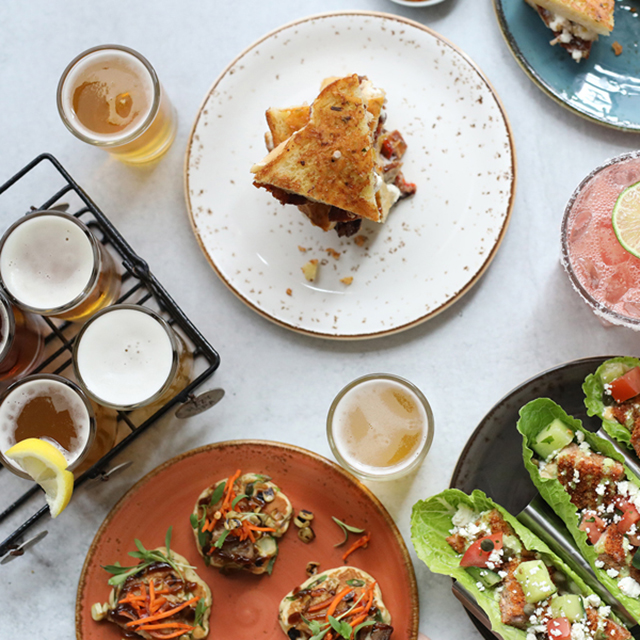
New Happy Hour Menu
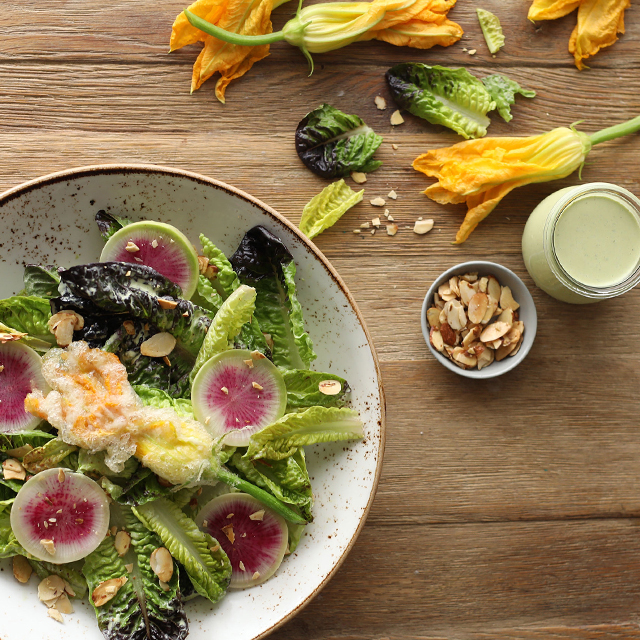
Hello, New Spring Menu
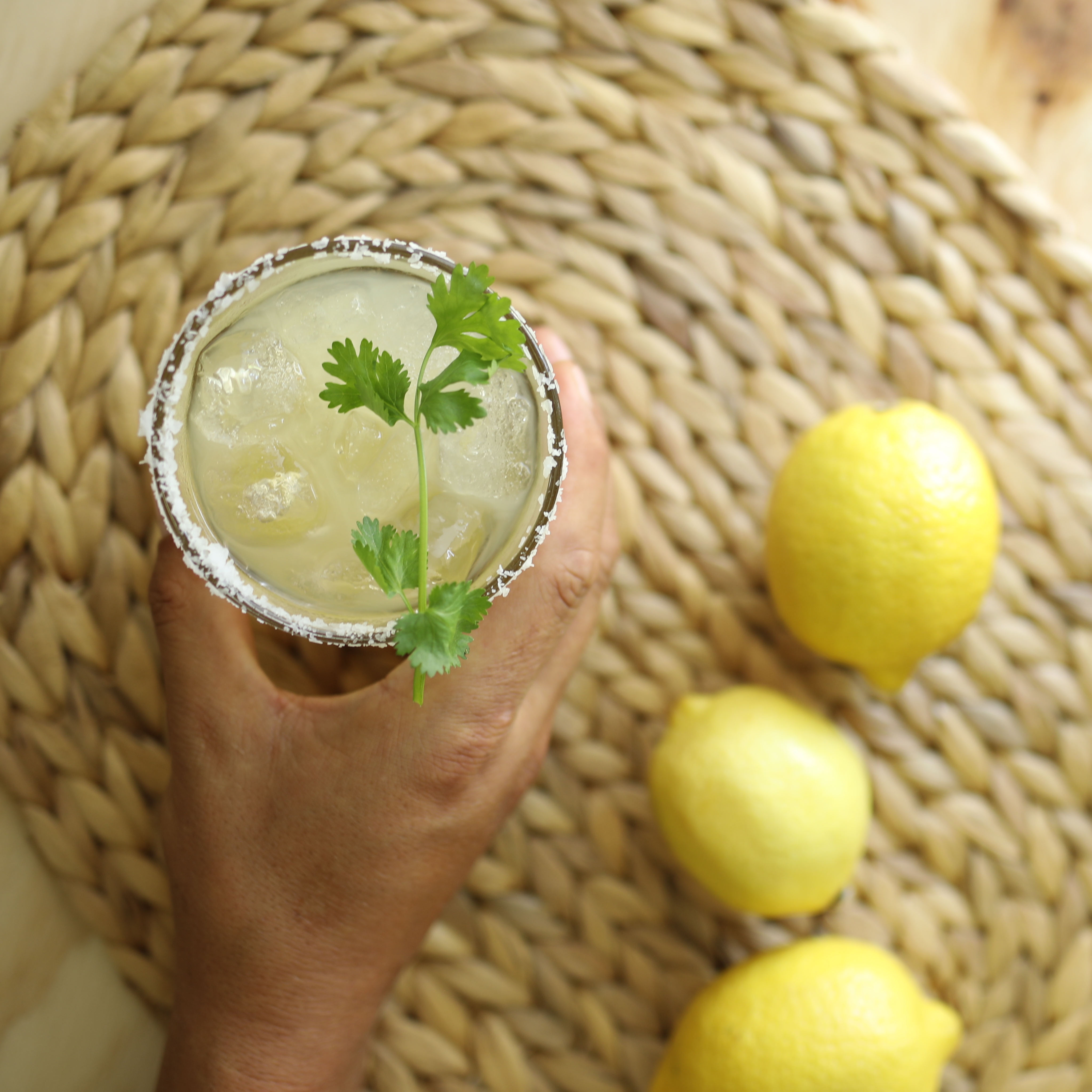
RECIPE: Meyer Lemon Margarita
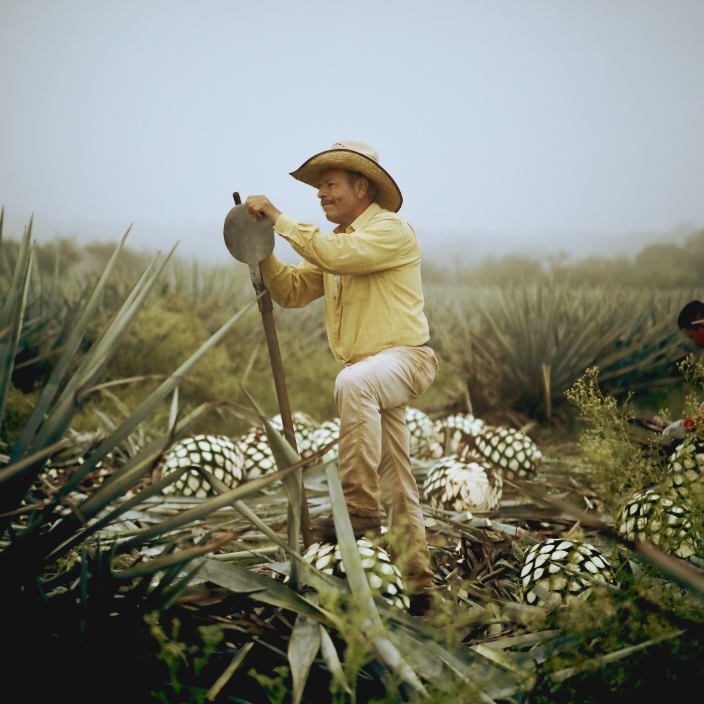
Part 2 // Faces of Lunazul
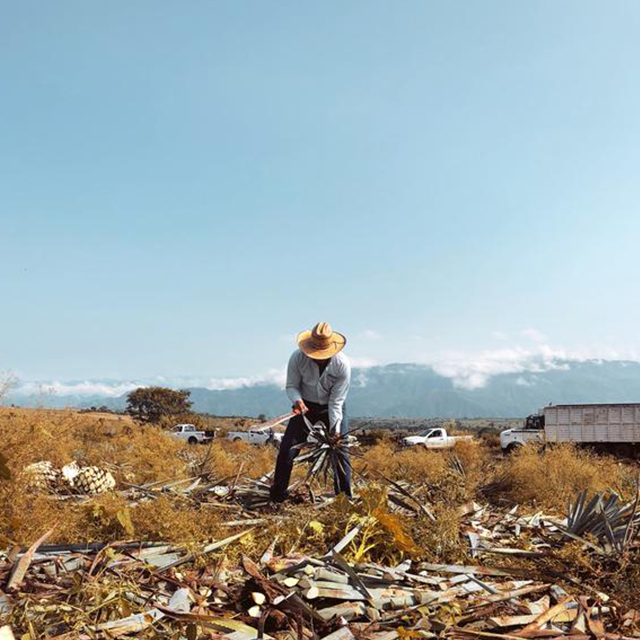
Part 1 // Tequila, Jalisco

Behind-the-Scenes: Liquid Blanket Beer Video
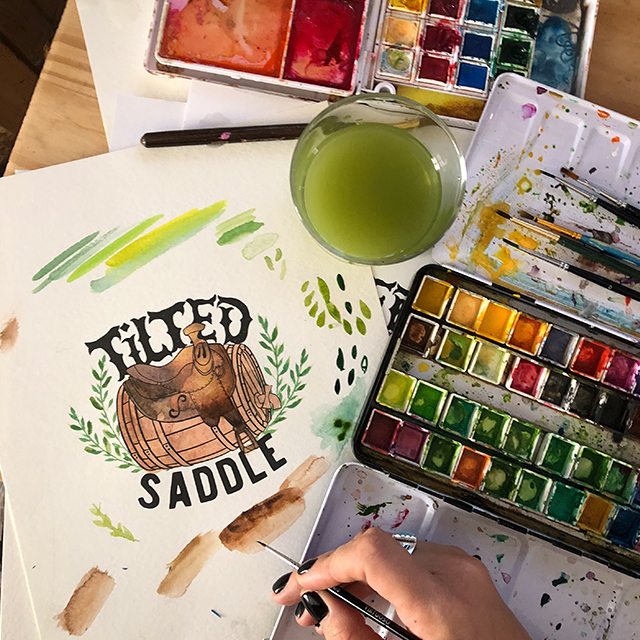
Behind-the-Scenes: Tilted Saddle Artwork
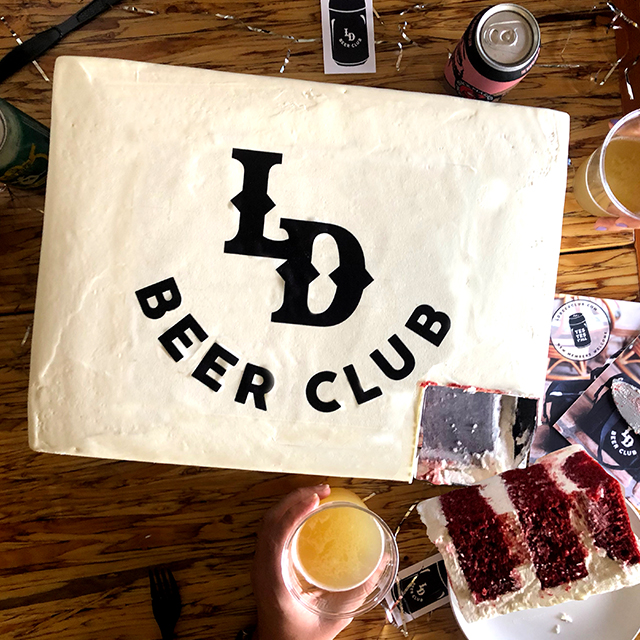
Beer Club Is Here
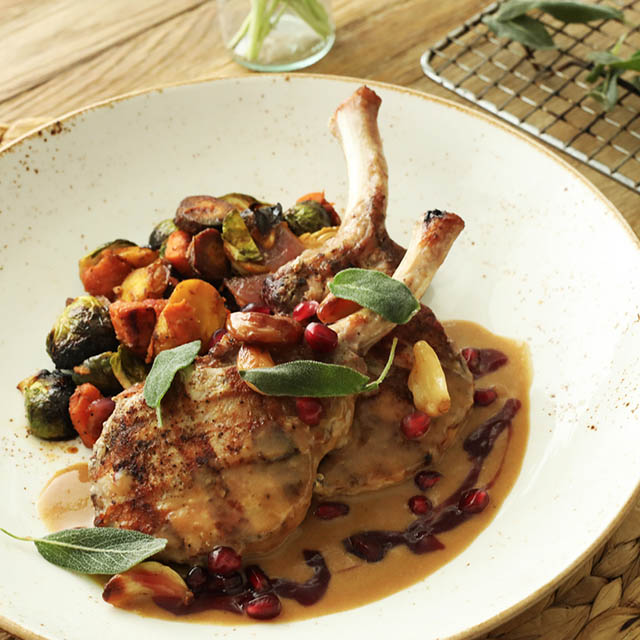
Our Seasonal Menu Is Here!
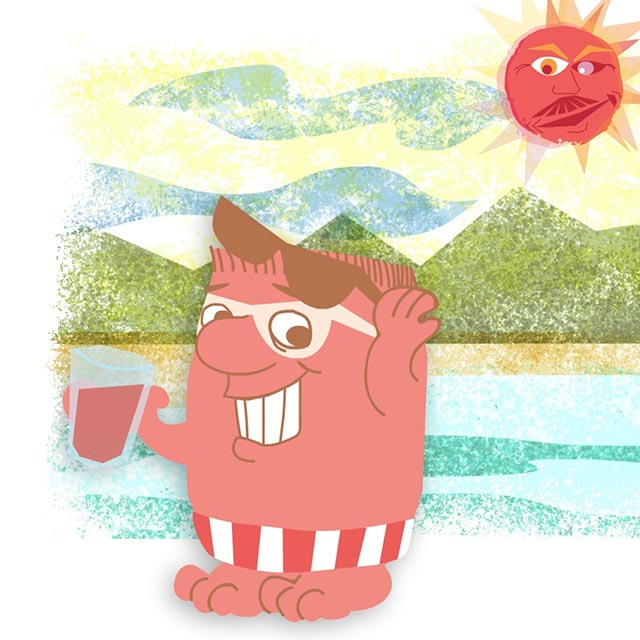
Behind-the-Scenes: Sun Spanked Beer Video
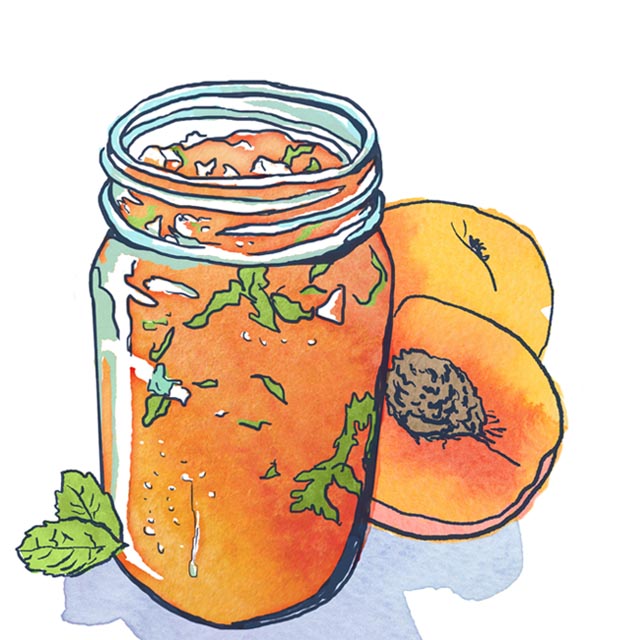
DIY: Peaches & Moonshine

New Can Release: Tilted Saddle Saison

DIY: Watermelon Margarita
